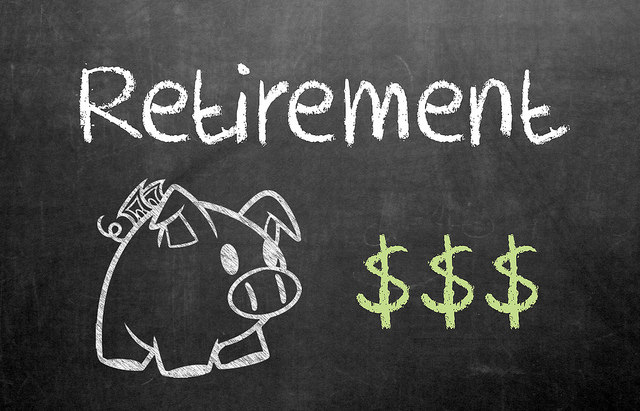Distribution-Focused Strategies to Help Reach Your Retirement Goals, by RICK VIADER

For much of our working life, it seems that most of the focus is on saving for retirement. From an early age, we work hard to ensure there’s a healthy pot of money for the chapter of our lives after work. As much as we wish the process were easy, many challenges pave the road ahead. We struggle to determine the money required for a comfortable retirement and how we plan to live a life away from work.
While some see retirement as an end-of-life period, it’s important to note that life expectancy is actually on the rise. For example, odds suggest that three in ten 65-year-old men will live past 90 years of age; this increases to four in ten for women.
Introduction to Distribution-Focused Strategies
Thankfully, growing life expectancy has been met with savings plans built to last. For example, this includes so-called DFS (distribution-focused strategies) portfolios. As well as having lower fees, DFS portfolios offer individuals more flexibility.
In short, the benefits of choosing distribution-focused strategies include:
- Low costs when compared to many investments
- A future with predictable cash flows during the years when we need them most (retirement)
- An approach that considers a full life rather than a specific period
- No surrender penalties and access to funds
- Opportunities to consider loved ones and pass assets down accordingly
- Help with tax management (increase income and decrease tax payments)
Reasons to Choose Distribution-Focused Strategies
1. A Personalized Approach
Back in the day, it was normal for people to follow set formulas. Nowadays, financial advisors recognize the need for a tailored approach, and this is accommodated with DFS portfolios. Individuals can consider their tolerance to risk, cash flow requirements, and even tax circumstances.
As a customer, your funds will split between three different pools; while one focuses on the short term, the other two are focused on intermediate term and long term. Depending on your age, position in life, and risk strategy, your assets are split between the three pools accordingly. The idea is to find that difficult balance between risk management and investment growth.
Long-Term (Pool 3) – Thinking 15 and more years ahead, this is all about investment growth with a return coming in the future.
Intermediate-Term (Pool 2) – Looking forward between eight and 14 years, we’re starting to manage loss risks while still supporting investment growth.
Short-Term (Pool 1) – Finally, this pool considers anything from one day away to seven years away. In this pool, growth is set aside for risk management and loss aversion.
An example system is called Stability Tilt, and this DFS strategy has the following breakdown:
- 50% – Intermediate Term
- 30% – Short Term
- 20% – Long Term
2. Flexibility with Options
Secondly, nobody can ever predict the future, and 2020 was a prime example of this. Thankfully, DFS portfolios are designed with flexibility in mind. At all times, you retain control of funds and you can decide when to increase, stop, or reduce distributions. What’s more, there’s no penalty when redeeming shares. As you grow older, you’ll think about passing assets down to loved ones, and it’s easier than ever to leave a legacy through assets. As your needs change and evolve, you keep control.
3. Clever Distributions
The relationship between investment income and distribution management is an interesting one, and DFS portfolios will always use investment income as a source for distributions first and foremost. What does this mean? Well, interest payments, dividends, capital gains distributions, and more; the strategy will sell a section of your principal (primarily those with overweighted positions) if investment income doesn’t cover your goals.
Often, people get confused about overweighted positions, but it essentially means that the assets cover a larger percentage of the portfolio than we would like as a result of price changes. Since the asset has achieved its price target, we can sell it with confidence. By doing this, you avoid selling the wrong assets and making a potentially damaging mistake for your overall strategy.
Additionally, where investment income doesn’t cover distributions, the strategy will also look to sell capital loss assets; this helps for tax purposes. Of course, it’s critical to try and keep all underweighted assets and those with embedded long-term capital gains.
4. Professional and Reliable Support
When you choose a solid provider, the fourth benefit comes in the shape of support and assistance. As well as individuals, many leading services also help businesses and institutions with their financial goals. If you have any questions, feel free to reach out to our friendly and knowledgeable team today.
Work Towards Your Retirement Goals with Distribution-Focused Strategies
It’s sometimes scary to think about retirement, but a DFS portfolio is supported by plenty of research and evidence of positive results. Don’t worry, we’re not just here to sell products; our main priority is always the financial position of our clients. Therefore, we’ll have regular conversations to assess the condition of your portfolio (and the progress towards retirement goals!).
If you like the sound of DFS portfolios, call your advisor today and get tailored advice!







